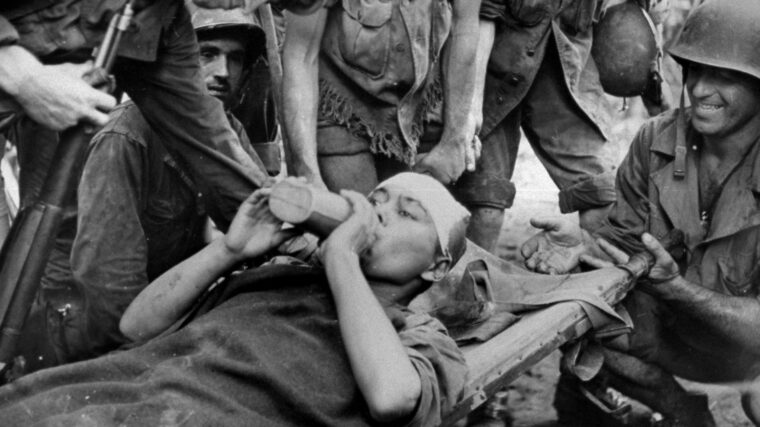
Korea Under the Rising Sun
By Allyn VannoyThe first recorded encounter between American forces and Koreans in the Central Pacific during World War II came at Tarawa Atoll in November 1943. Read more

The first recorded encounter between American forces and Koreans in the Central Pacific during World War II came at Tarawa Atoll in November 1943. Read more
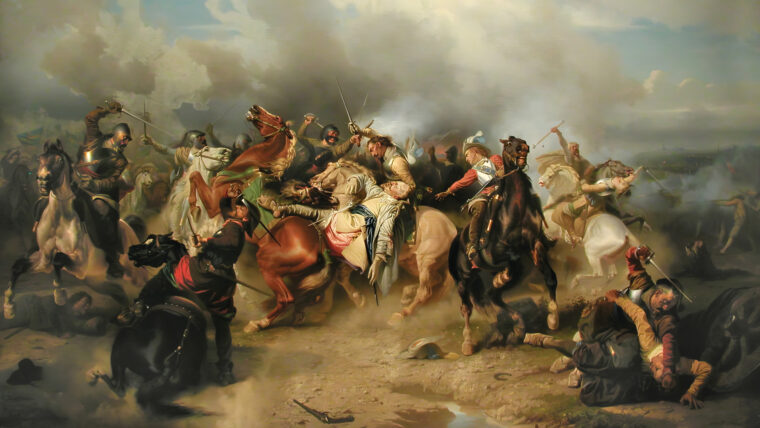
After September 17, 1631, half of Germany feared that God was a Protestant. The other half was sure of it. Read more
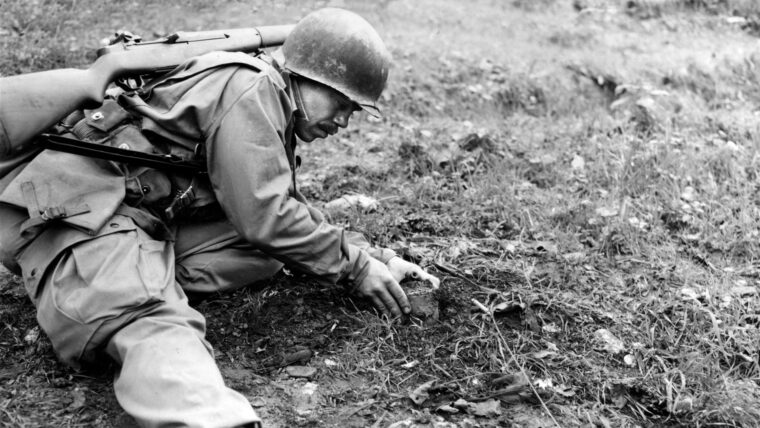
Red-hot grenade fragments sliced through First Lieutenant Bill Munson’s left arm and shoulder, causing him to fall backwards onto the lip of a German machine gun nest. Read more
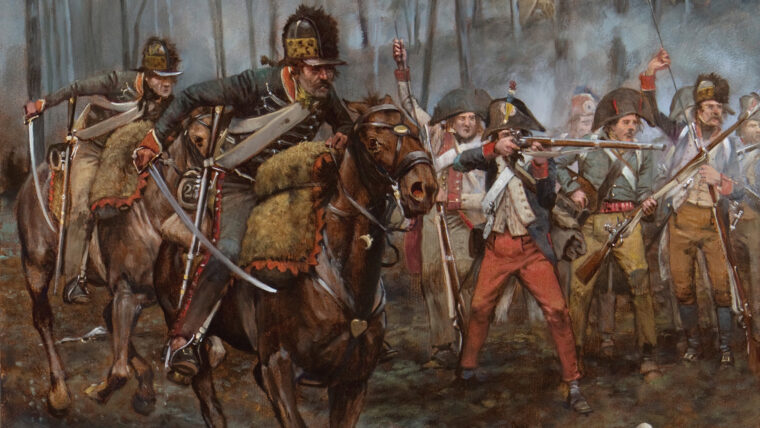
Barthélemy Schérer, commander of the French Army, gazed at the new military orders from Paris in disbelief. The grandoise strategy, detailing an advance on three fronts with the armies uniting in Tyrol for a concentrated thrust at Vienna, were far beyond the capabilities of the starving southern army he commanded along the French Riveria against the combined forces of Austria and Sardinia. Read more
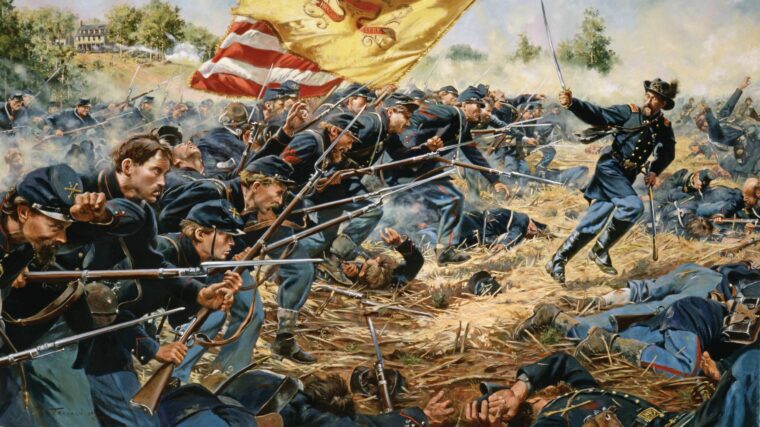
By William E. Welsh
Private Augustus Du Bois marched forward at daybreak on June 3, 1864, along with hundreds of other members of the 7th New York Heavy Artillery regiment to a thin belt of timber a mile south of the key road junction of Cold Harbor. Read more
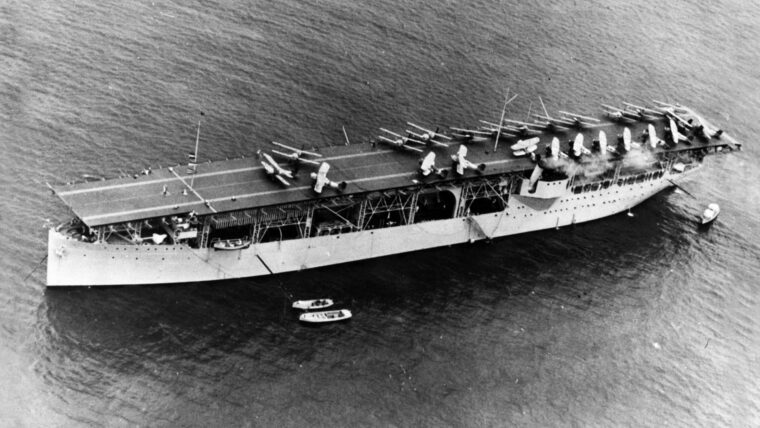
Five years after Great Britain had launched HMS Argus, the world’s first aircraft carrier, in 1917, and following the signing of the Washington Naval Treaty on February 6, 1922, the U.S. Read more
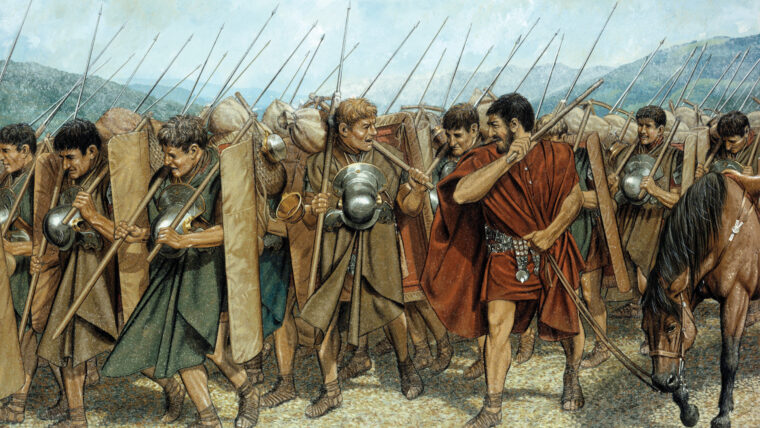
The snow-capped peaks of the Ceraunian Mountains stared down on the sturdy barks hunting for a suitable place to land on the coast of Epirus on January 5, 48 bc. Read more
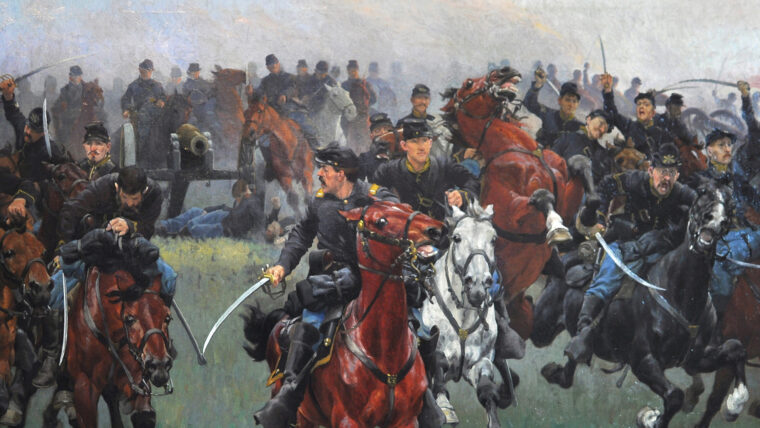
The celebrated 2nd U.S. Cavalry, like its brother regiment the 1st U.S. Cavalry, was formally created by an act of Congress in March 1855. Read more
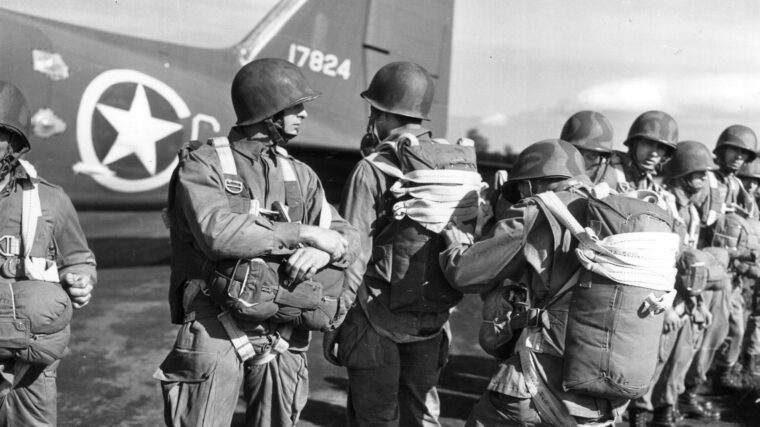
Only two years after the U.S. Army officially sanctioned the formation of an airborne arm, American paratroopers were committed to a vast offensive against Axis forces on the coast of French North Africa. Read more
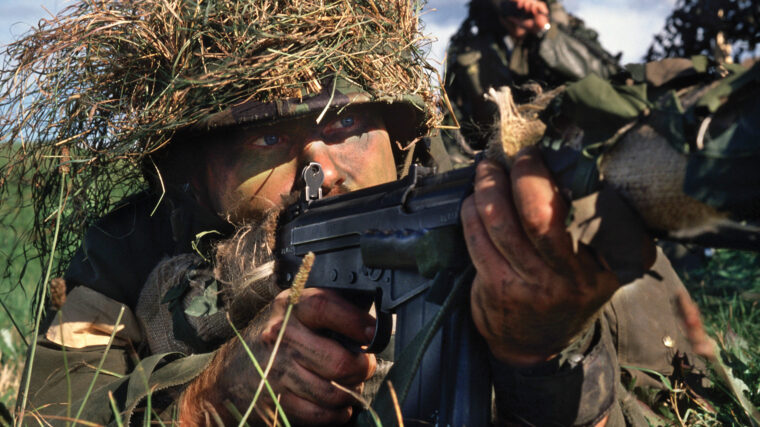
British Corporal Steven Newland crept through the inky darkness toward an Argentine sniper who had pinned his troop of Royal Marines on the slopes of Mount Harriet on East Falkland Island. Read more
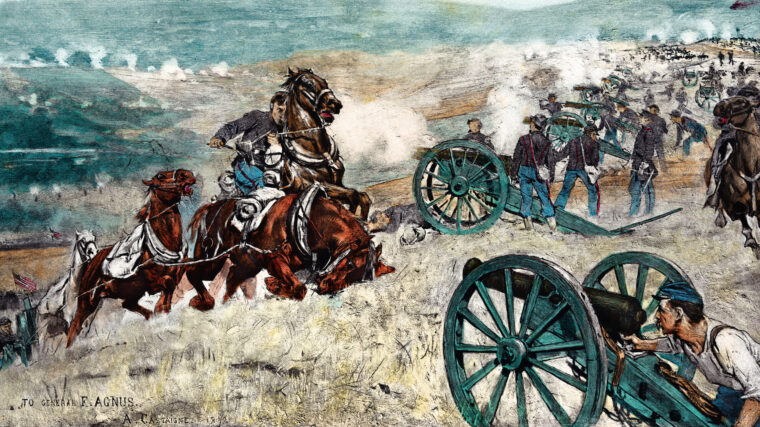
As Confederate General Robert E. Lee and his I Corps commander, Maj. Gen. James Longstreet, rode together on horseback along the dust-choked Quaker Road from Glendale to Malvern Hill on the morning of July 1, 1862, they stopped to confer with Maj. Read more
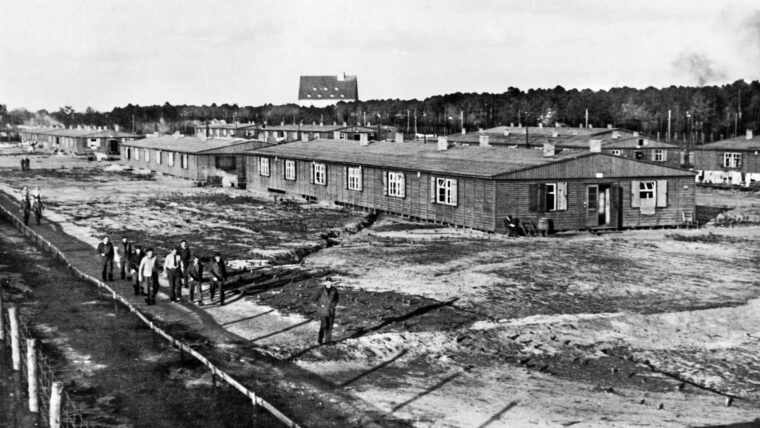
For Allied soldiers, sailors, and airmen interned in enemy prison camps during World War II, escaping was regarded as their unwritten duty. Read more
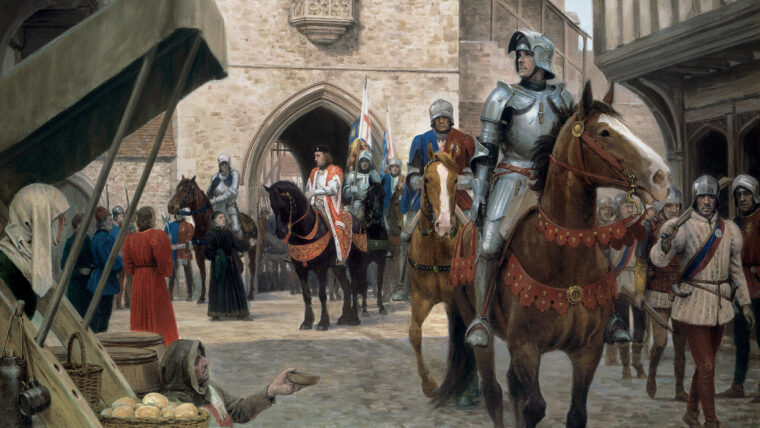
Richard Neville, 16th Earl of Warwick, was troubled by reports he was receiving in March 1471 that an invasion by King Edward IV was imminent. Read more
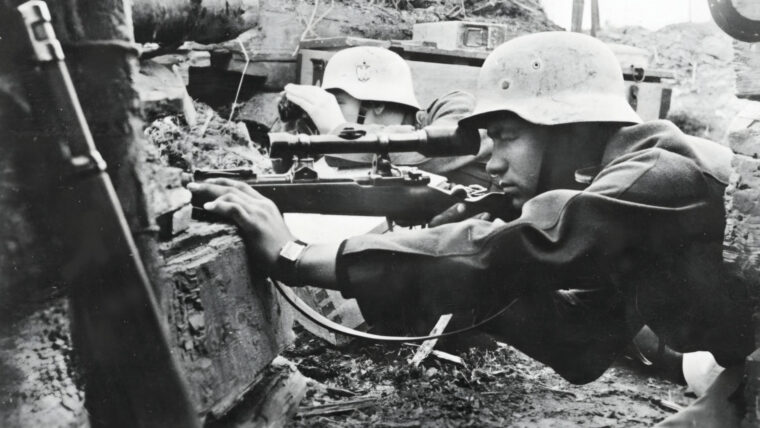
By Christopher Miskimon
Private Harlan J. Hinkle enlisted in the United States Marine Corps the day after the Pearl Harbor attack. Read more
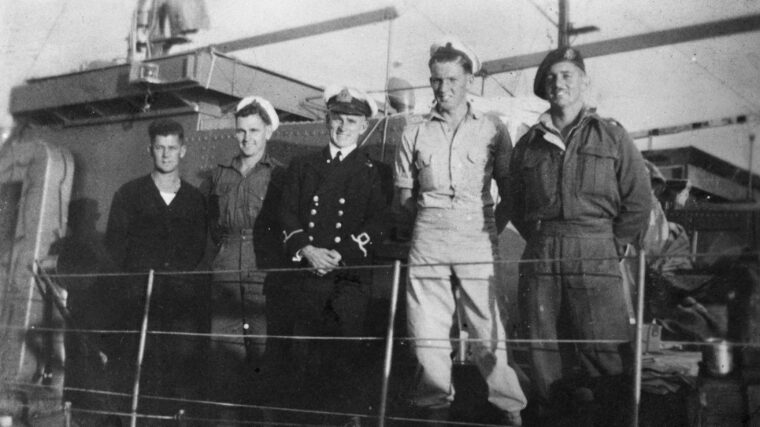
Z Special Unit: The Elite Allied World War II Guerrilla Force (Gavin Mortimer, Osprey Publishing, Oxford, UK, 2022, 240 pp., Read more
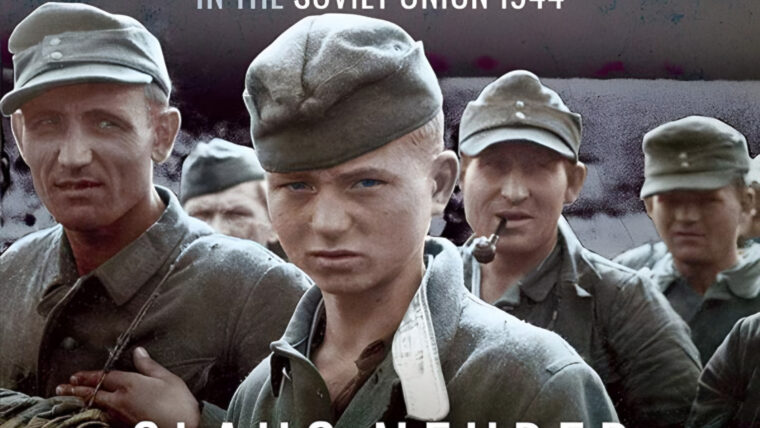
Claus Neuber served as an artillery officer in the German Army on the Eastern Front. In June 1944, the Soviets launched Operation Bagration, a massive offensive which crushed German Army Group Center. Read more
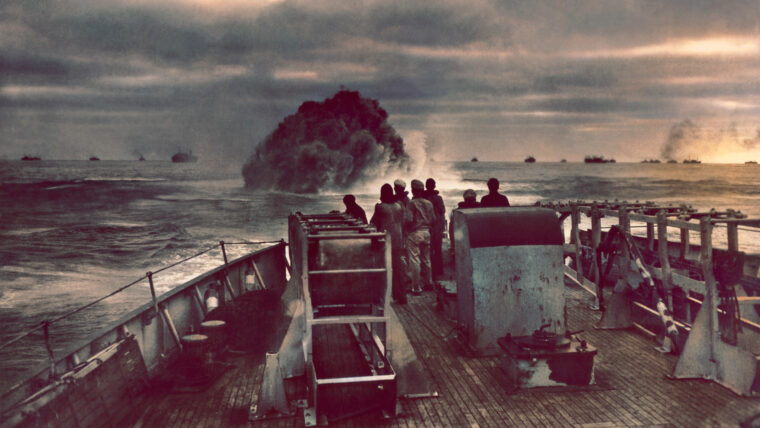
For the duration of World War II, from the evening of Sunday, September 3, 1939, to the evening of Monday, May 7, 1945, the Battle of the Atlantic never ceased. Read more
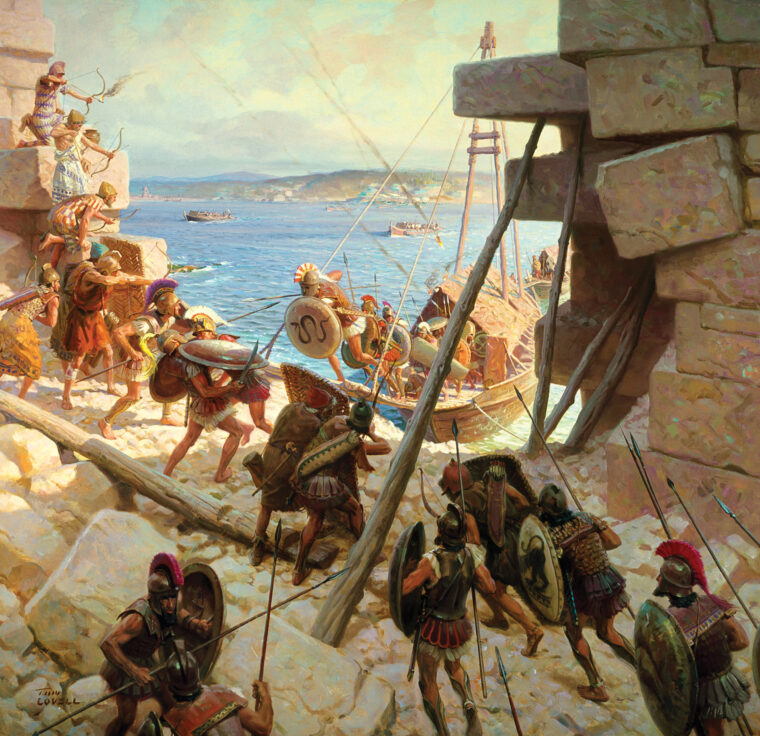
As Alexander the Great marched his army south along the Levantine coast in January 332 bc, he must have felt as if the fates were unquestionably on his side. Read more
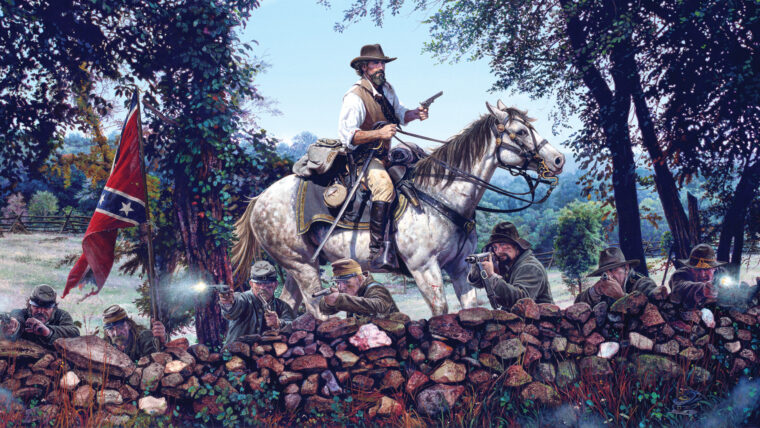
Confederate Maj. Gen. Nathan Bedford Forrest’s fighting blood was up. It was mid-morning on June 10, 1864, and the Tennessean cavalry commander had just hurried Colonel Hylan Lyon’s brigade of Kentuckians from along the muddy Baldwyn road toward Brice’s Crossroads in northern Mississippi. Read more
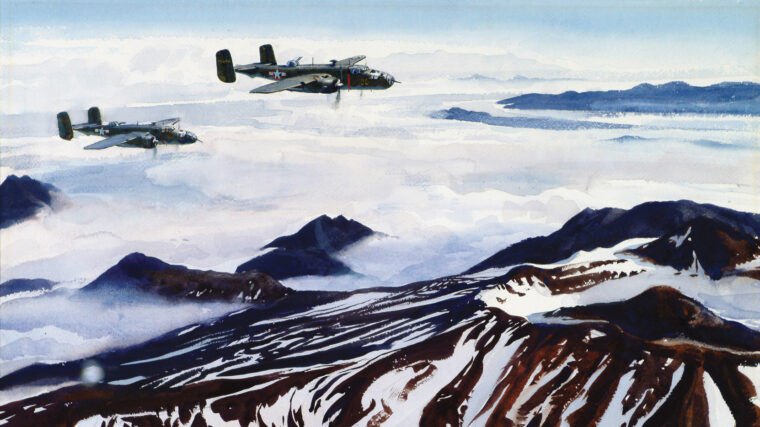
With a sharp clatter of machine guns, the Japanese marines announced their presence by spraying bullets into the isolated U.S. Read more